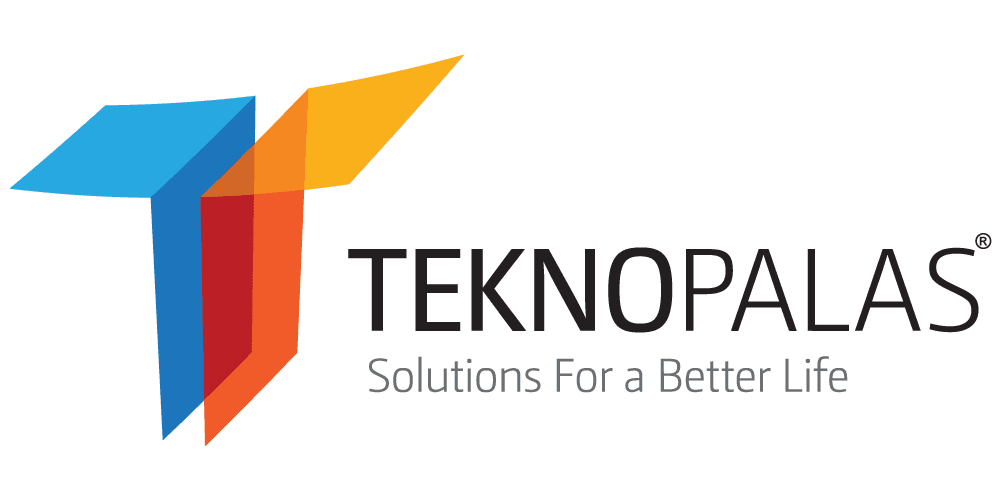RTLS Hospital Systems
Manage time and use resources wisely in the healthcare sector:
Track Your Hospital’s Pulse in Real Time!
TEKNOPALAS RTLS, RFID & IoT Hospital Solutions
Start a new era in staff, patient, and equipment tracking…
SolutionRTLS Hospital System
Features We Offer
Mother–Baby Safety and Newborn Tracking
Preventing Infant Abduction and Swapping: The Navizard IoT system tracks movements in real-time via mother and baby wristbands.
Unauthorized Area Alerts: The system instantly alerts nurses if babies are moved to unauthorized areas or swapped without permission.
Secure and Easy Management: User-friendly web-based software and strong data encryption provide high security and fast management.
Real-Time Medical Device and Mobile Equipment Tracking
Real-Time Location Tracking: Critical devices such as defibrillators, ventilators, and infusion pumps are instantly tracked within the hospital using RTLS technology, ensuring rapid access during emergencies.
Status and Maintenance Monitoring: Device usage status, maintenance schedules, and sterilization processes are monitored through IoT-based systems to prevent malfunctions and improper use.
Unauthorized Movement Alerts: The system immediately detects and alarms if devices are moved to unauthorized areas.
Record Keeping and Compliance: Detailed usage history is maintained to ensure audit and regulatory compliance.
RFID Stock, Inventory, and Asset Tracking
Medical supplies and equipment stocks in hospital warehouses are tracked in real-time using RFID tags, preventing shortages or overstock situations.
Proper storage, tracking, and safe usage of medications are ensured, enhancing patient safety.
Data-driven inventory management optimizes purchasing processes and prevents unnecessary costs.
Operating Room Inventory Management
IoT-based management for surgical and other critical healthcare environments:
Surgical Instrument Tracking: Surgical instruments and materials tagged with RFID are monitored for location, sterilization status, and usage frequency.
Operating Room Staff Monitoring: Authorized personnel’s entry and exit to the operating room are recorded to ensure security.
Continuous Monitoring of Environmental Conditions: In critical areas such as operating rooms and intensive care units, temperature, humidity, and ventilation conditions are monitored in real-time with IoT sensors to maintain quality standards.
Operation Preparation Checks: Automatic verification of all necessary equipment and materials in the operating room is conducted, with alerts for any deficiencies.
Integrated Reporting: Full integration with Hospital Information Systems (HIS) supports comprehensive reports covering all device usage, maintenance records, and staff movements.
Surgical Instrument Tracking and Sterilization Monitoring
Teknopalas Surgical Instrument Tracking and Sterilization Monitoring
With Teknopalas’ advanced RFID-based tracking system, the entire lifecycle of surgical instruments — from usage to cleaning, sterilization, and re-circulation — is digitally monitored and recorded. This ensures full visibility and traceability of every instrument used in the operating room. The system prevents loss, misplacement, or mix-up of surgical tools by automatically identifying and verifying each item at every stage of the process.
Through seamless integration with hospital automation systems, Teknopalas enables healthcare providers to maintain high standards of hygiene and safety, reduce human error, and streamline sterilization workflows. Real-time data access, alerts for missing or incorrect instruments, and detailed usage history improve operational efficiency and patient safety in sterile environments.
Real-Time Personnel Tracking System
Patient Tracking and Positioning
Security and Unauthorized Area Monitoring
Hospital security is enhanced with systems that prevent unauthorized access and generate alarms. Sensitive areas such as psychiatry and intensive care units receive special protection.
Visitor and Companion Tracking
Visitors’ locations and durations are monitored to prevent uncontrolled access. Companion limits and timeframes can be easily supervised.
IoT Solutions for Out-of-Hospital Healthcare Services
Remote Patient Monitoring (RPM)
Patients’ vital signs such as heart rate, blood pressure, and oxygen saturation are continuously monitored using wearable sensors and connected devices.
Home monitoring of chronic patients reduces hospital burden, enabling early detection of emergencies and shortening intervention times.
Smart Medication Tracking and Management
RFID-enabled smart medicine boxes ensure medications are taken at the correct dose and time.
Timely reminders and alerts are sent to patients and healthcare providers, improving medication adherence.
Wearable Health Tracking Technologies
Devices such as smartwatches and bracelets measure and analyze health parameters like exercise, sleep, and heart rate.
They support personal health management.
Smart Home Health Systems
Functions such as fall detection, motion analysis, and medication tracking enable safe monitoring of elderly and chronic patients at home.
Healthcare personnel and family members are automatically alerted in unusual situations.
Clinical Trials and Data Collection
IoT devices collect continuous and accurate data in clinical trials, increasing the reliability and speed of research.
Emergency and Disaster Management
Real-time tracking of medical equipment, ambulances, and personnel optimizes resource and logistics management.
Provides rapid and effective coordination during disaster and emergency interventions.
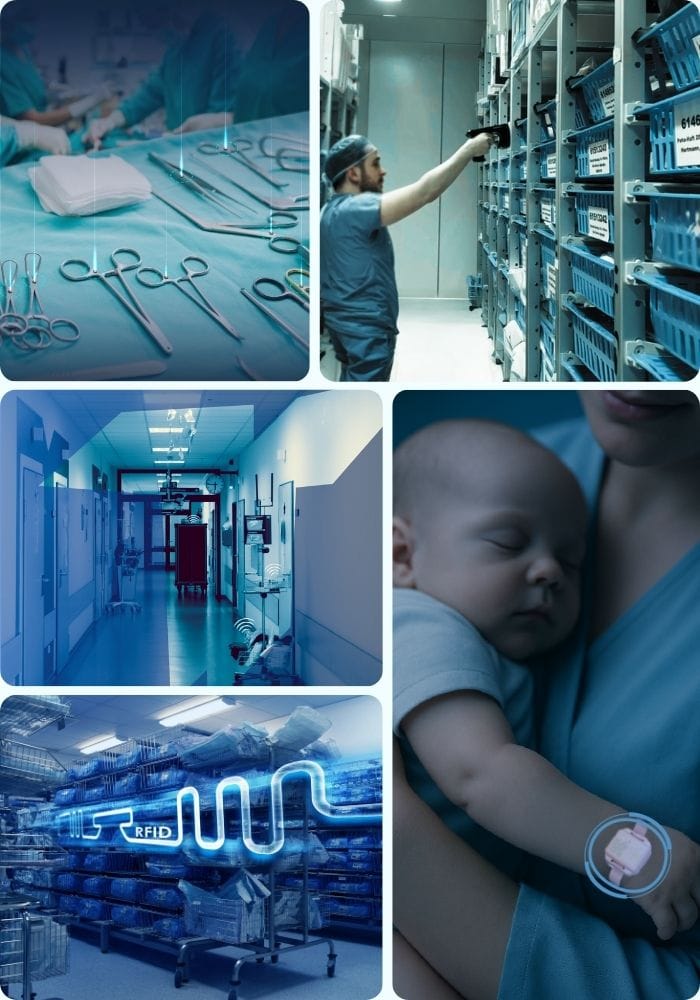
Technologies Used
RTLS
Real-Time Monitoring
RFID
RF Identification
Gateway
Data Transfer and Protocol Bridge
Sensors
IoT Sensors
BLE
Bluetooth Düşük Enerji
WiFi
Wi-Fi Based
RTLS
RTLS (Real-Time Location System) is an advanced technology that allows real-time tracking and management of patients, personnel, devices, equipment, and inventory in hospitals. This system digitally monitors the movements of resources within the hospital; operational processes are optimized, losses are prevented, and security is enhanced.
RFID
RFID (Radio Frequency Identification) technology is used in hospitals for identifying and tracking devices, equipment, surgical tools, and inventory. Through passive or active RFID tags, each item is assigned a unique identity, making their movements traceable via the system.
Gateway
Gateways used in hospitals centrally collect and process data from sensors, beacons, and devices. Supporting protocols such as Wi-Fi, Bluetooth, Zigbee, and LoRaWAN, they enable seamless communication among various RTLS and IoT components within the same network. This allows real-time and integrated management of patient, staff, and equipment tracking.
Sensor & IoT Integrations
IoT sensor-enabled tags can also measure and transmit environmental data such as temperature, humidity, motion, and vibration. This enables secure and continuous monitoring in critical areas like proper storage of medicines and vaccines, as well as tracking sterilization processes of operating rooms and devices.
Bluetooth Low Energy
BLE (Bluetooth Low Energy) technology, known for its low power consumption, is used to determine the approximate location of people and devices. It is commonly preferred for tracking patients, staff, and visitors, providing real-time location information through integration with mobile applications.
Wi-Fi Based Positioning
RTLS solutions that utilize the existing Wi-Fi infrastructure provide location data within the hospital without requiring additional hardware. They offer wide coverage and cost advantages, but positioning accuracy is moderate. They are commonly preferred for general patient and equipment tracking.
Advantages of the System
Real-Time
The real-time location and status of medical devices, portable equipment, personnel, and patients can be monitored.
Operational Efficiency
İn-hospital processes are digitalized and resource utilization is optimized. Equipment and personnel search times are reduced.
Inventory Management
Hospital inventory and asset management is simplified with automated tracking and stock control.
Alerts and Warnings
RTLS systems alert when patients, staff, equipment, or visitors cross designated boundaries or enter unauthorized areas.
High Security
Risks like patients being in the wrong location, getting lost, or unauthorized newborn removal are eliminated.
Real-Time
Operational Efficiency
Inventory Management
Alerts and Warnings
High Security
Areas of Use
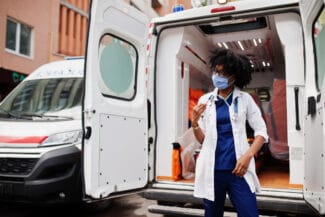
Ambulance

Health Center

Medical Logistics

Disaster and Emergency

Medical Waste
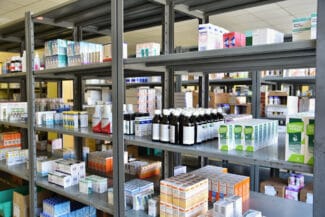
Pharmacy and Drug Warehouses

Nursing Home
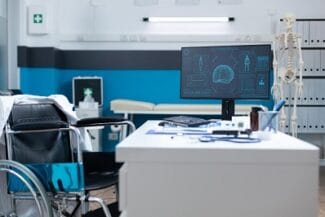
Hospital

Home Healthcare Services

Clinical Research and Data Collection
Accompany your journey
Our Other Solutions
Fast Count System

- Reduces personnel costs.
- Store stock counting becomes easier.
- Missing products on the shelves are detected instantly.
Warehouse Management
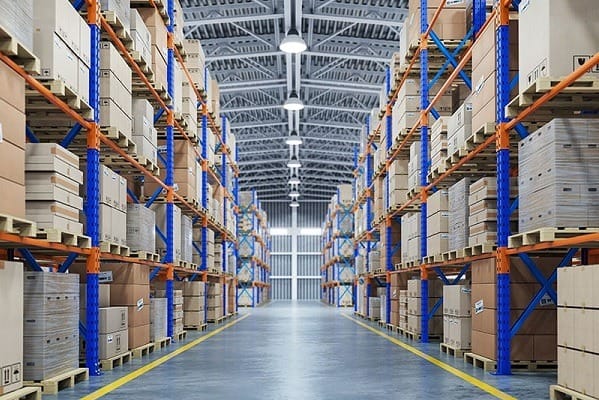
- Automatic Data Collection.
- Can detect multiple labels simultaneously.
- Early detection of incorrect or missing shipments.
Personnel Tracking System

- The location of the personnel is detected.
- A flexible structure that allows the creation of reading points.
Mine Tracking System
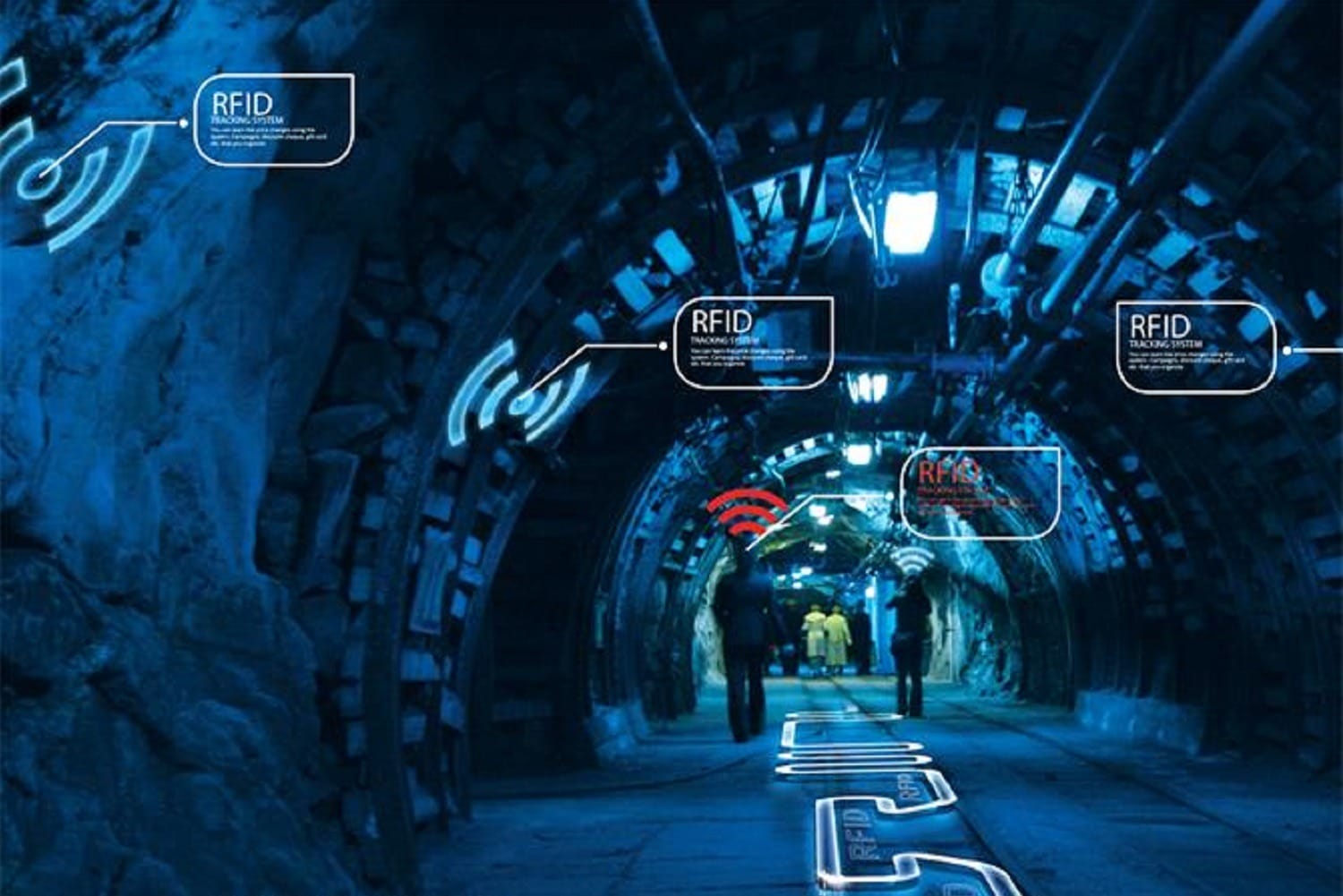
- Contributes to developing measures against risks.
- Provides mining automation with location information.

